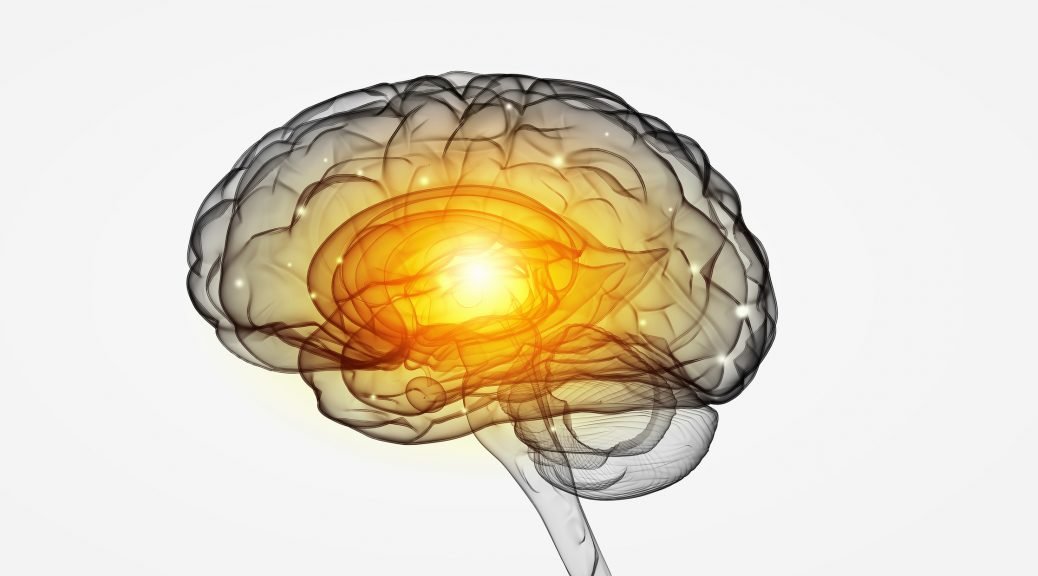Dissociative Disorders: Overview
In order to diagnose and treat dissociative disorders, you need to understand the basic concept that dissociation refers to a disconnection or lack of connection between two things that are associated with each other. The DSM-V published by the American Psychiatric Association in 2013 states that dissociative disorders “are characterized by disruption of and/or discontinuity of the normal integration of consciousness, memory, identity, emotion, perception, body representation, motor control, and behavior.” They also go on to state that dissociation symptoms are “”a” unbidden and unpleasant intrusions into awareness and behavior, with accompanying losses of continuity in subjective experience (i.e. “positive” dissociative symptoms); and/or “b” and inability to access information or to control mental functions that normally are readily amenable to access or control; (i.e. ‘negative’ dissociative symptoms” (APA, 2013, p. 826).
Some research indicates that about three quarters of people will experience disassociation after a traumatic experience. It is believed that the brain tries to protect itself when individuals experience distressing, traumatic circumstances, although most people will not go on to develop a dissociative disorder.
Diagnostic Considerations:
The International Society for the Study of Trauma and Dissociation (2013) have addressed five different types of dissociation considered in the DSM-V: depersonalization, derealization, amnesia, identity confusion, and identity alteration. Depersonalization is usually referred to as a “sense of being detached from, or “not in” one’s body,” whereas derealization is a sense of the world not being real. Amnesia is a loss in the ability to retrieve information that has previously been stored, which an individual should remember. Identity confusion refers to an unusual change in an individual’s sense of self. Identity alteration “is the sense of being markedly different from another part of oneself…subtler forms of identity alteration can be observed when a person uses different voice tones, range of language, or facial expressions” (ISSTD, 2003, para.7).
As with other mental health disorders, dissociative symptoms may overlap with other disorders, and may be caused by medical illness or be related to substance use and abuse. Neurological conditions have been found that seem to mimic dissociative disorders such as traumatic brain injuries, seizures and neurocognitive disorders.
Substances of use and abuse have also been known to trigger dissociative symptoms such as marijuana, hallucinogenics, ecstasy, ketamine, and salvia (APA, 2013). All clients who present to mental health clinicians with dissociative symptoms need to be referred for a medical evaluation to determine whether treatment is ethically within their field of expertise.
Traumatic experiences are always at the very core of the development of dissociative symptoms. Psychologists and mental health clinicians always need to consider the possibility of a diagnosis of posttraumatic stress disorder or acute stress disorder, in order to determine whether these diagnoses would better address the dissociative symptoms. Clients and patients with dissociative disorders sometimes describe out of body experiences, sometimes have been known to believe they are possessed or even hear voices that may cause a clinician to believe the patient has a psychotic disorder or the psychotic symptoms associated with depression.
Dissociative disorders are comorbid with several other mental health diagnosis including anxiety, depression and substance use disorders. Among children, disassociation has frequently been misidentified as behavioral concerns such as inattention ADHD and temper tantrums as well as oppositional defiant disorder.
Prevalence:
The prevalence rate of these disorders is relatively high, usually estimated to be in the range of 2% to 10% of the general population. Individuals experiencing these disorders are vulnerable and at high risk. They are known to be at a very high risk of comorbid disorders and suicidal behaviors.
Cause:
While researchers have concluded that there does not appear to be a genetic component to dissociation, there does appear to be environmental and biological factors involved. In almost all cases, dissociative disorders appear to be linked to traumatic experiences, frequently early in life. Some of precipitating experiences for children and adolescents seem to involve emotional, physical and sexual abuse; experiencing violence; the death or loss of loved ones; chronic neglect; physical injury, accidents, disasters and medical procedures. In the case of dissociative identity disorder, the American Psychiatric Association (2013) have identified a 90% prevalence rate of childhood abuse and neglect. Depersonalization/derealization disorder seems to be linked to the experience of interpersonal conflicts and emotional abuse.
Treatment:
Among adults, dissociative disorders seem to be some of the most difficult mental conditions to treat. Although dissociative disorders are almost always associated with trauma, some of the traditional treatments for acute posttraumatic stress disorder such as exposure therapy are ineffective and frequently even counterproductive with these individuals. The effectiveness of medications has also had mixed reviews.
Treatment for dissociative disorders is usually conducted on a individual basis in an outpatient setting over a long period of time. Many of the treatments are psychodynamic in nature, also incorporating other approaches such as cognitive behavioral therapy, dialectical behavior therapy, eye movement desensitization and reprocessing and hypnosis. Most people with dissociative identity disorder receive medications to relieve the distressing symptoms.
Specific information related to each of the dissociative disorders and related treatments are on the following pages below.
Dissociative Disorders: DSM-V Diagnostic Codes
300.14 (F44.81) Dissociative Identity Disorder
300.12 (F44.0) Dissociative Amnesia
Specify if:
300.13 (F44.1) With dissociative fugue
300.6 (F48.1) Depersonalization/Derealization Disorder
300.15 (F44.89) Other Specified Dissociative Disorder
300.15 (F44.9) Unspecified Dissociative Disorder
References:
American Psychiatric Association. (2013). Diagnostic and statistical manual of mental disorders (5th ed.). Arlington, VA: Author.
International Society for the Study of Dissociation. (2004). Guidelines for the evaluation and treatment of dissociative symptoms in children and adolescents. Journal of Trauma & Dissociation, 5, 119-150. doi: 10. 1300/J229v05n03_09



